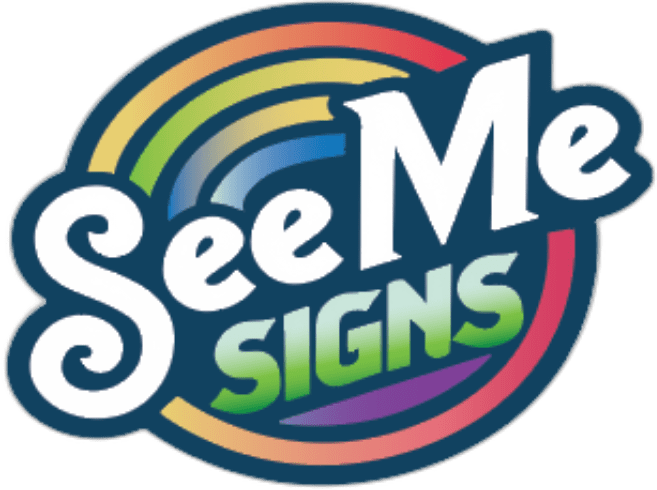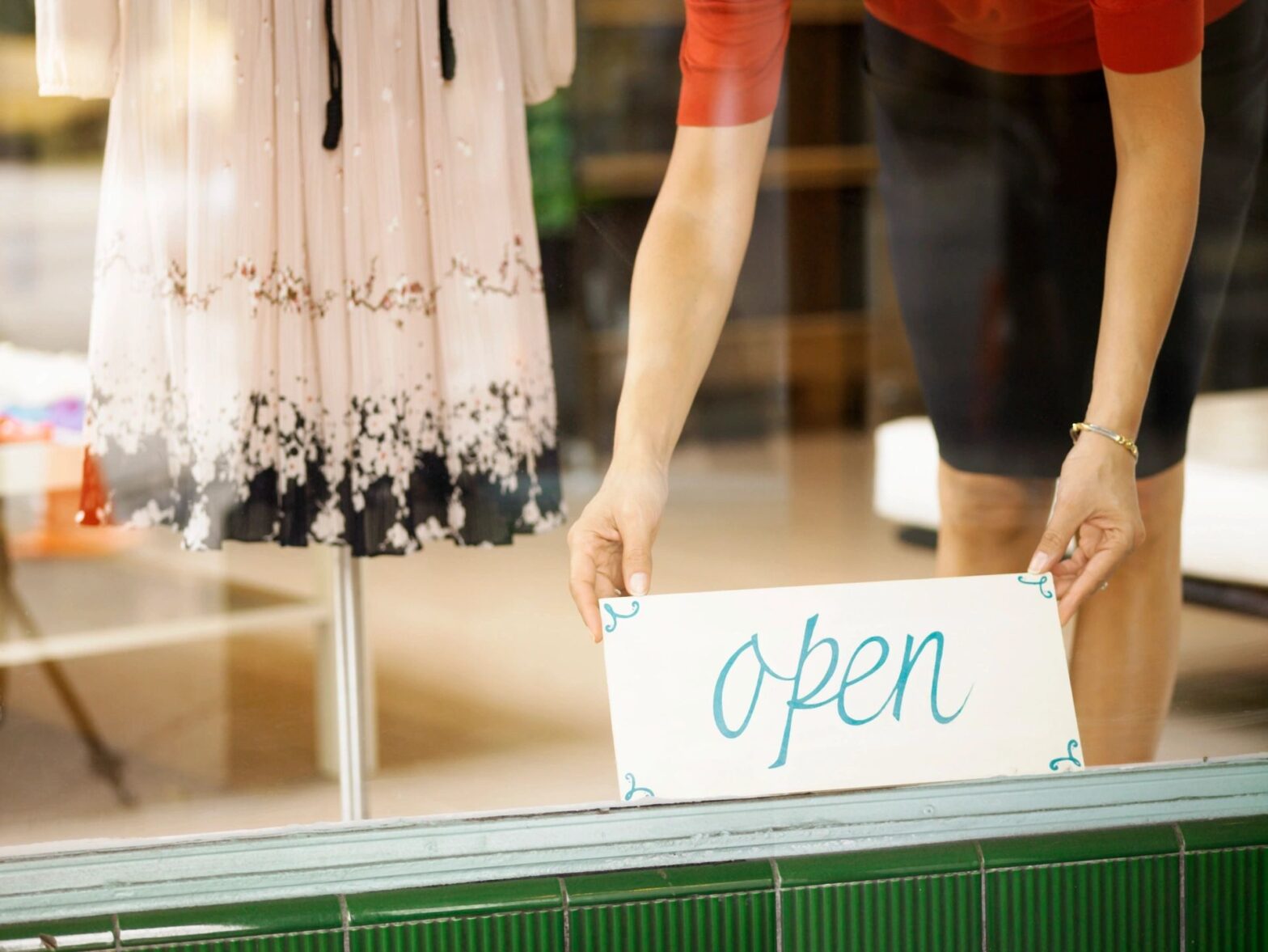When it comes to making a lasting impression, the right signage can be a game-changer for your business. From attracting customers to enhancing brand visibility, effective signage is crucial. That is why we want to share our business signage guide to help simplify the process.
At See Me Signs, based in Meridian, Idaho, we understand the importance of quality signage. Recently awarded Idaho’s Best™ Sign Shop of 2024, we pride ourselves on serving the Treasure Valley with a comprehensive range of signage solutions.
Whether you’re looking for banners, vehicle graphics, monument signs, or channel lettering, we’ve got you covered. In this guide, we’ll help you navigate the process of choosing the right signage for your business.
Understanding Your Signage Needs

Before diving into specific types of signs, it’s essential to assess your business’s needs. Therefore, let’s first consider the following questions:
- What is the primary purpose of the sign? (e.g., attracting foot traffic, branding, providing information)
- Where will the sign be located? (e.g., storefront, roadside, interior)
- What message do you want to convey?
Understanding these aspects will not only help you determine the type of signage that best suits your business but it also ensures you make the most effective investment.
Types of Signage and Their Applications

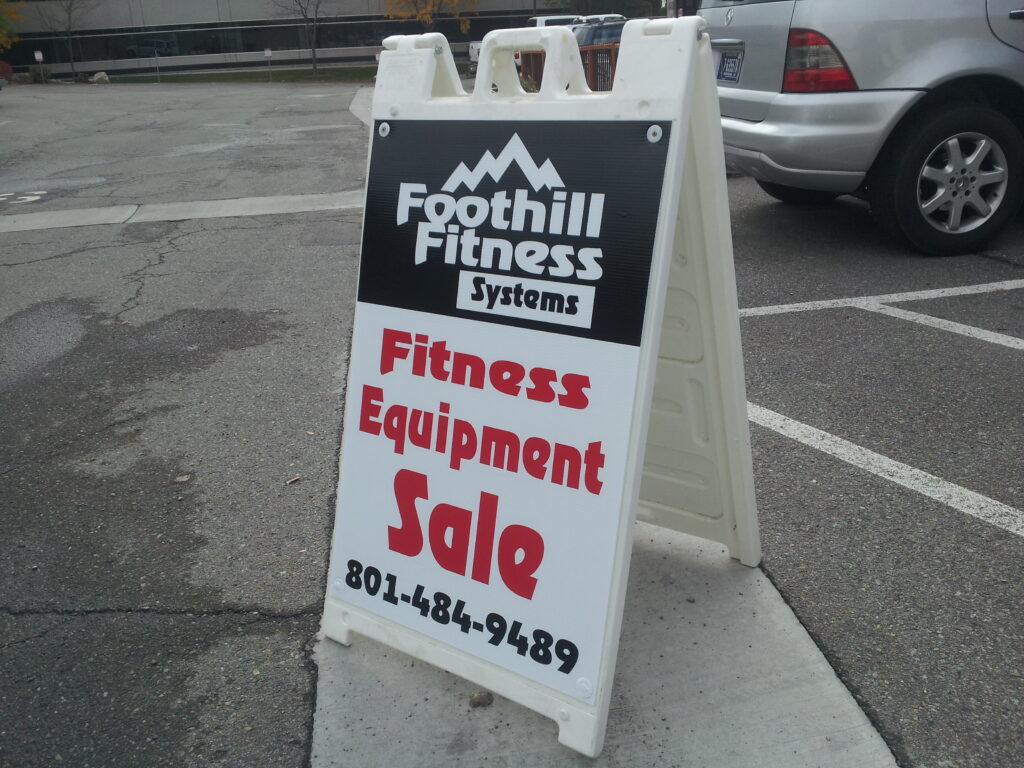
- Banners and A-Frames
- Best For: Temporary promotions, events, directional signs.
- Pros: Cost-effective, portable, versatile.
- Cons: Limited durability compared to permanent signage.
- Examples: For instance, banners are great for announcing sales or special events, while A-frames are perfect for guiding foot traffic or highlighting daily specials.
- Channel Lettering and LED Lettering
- Best For: Storefronts, business identification.
- Pros: Highly visible, customizable, energy-efficient (LED).
- Cons: Higher upfront cost for LED options.
- Examples: LED lettering is ideal for businesses that operate in the evening or have longer operating hours, as the illumination ensures visibility at all times.
- Monuments Signs and Pole Signs
- Best For: Long-term business identification, multi-tenant buildings.
- Pros: Durable, professional appearance.
- Cons: Requires significant space and investment.
- Examples: Monument signs are commonly used at the entrances of business parks or residential communities, offering a prestigious and permanent solution.
- Wall Murals and Vehicle Graphics
- Best For: Brand storytelling, mobile advertising.
- Pros: Eye-catching, covers large areas, highly impactful.
- Cons: Requires professional installation.
- Examples: Wall murals can transform a blank wall into a captivating piece of art that tells your brand’s story, while vehicle graphics turn your company car into a moving billboard.
- Wayfinding and Window Frosts
- Best For: Interior navigation, privacy, decorative elements.
- Pros: Enhances customer experience, adds aesthetic value.
- Cons: Needs careful planning and design.
- Examples: Wayfinding signs help customers navigate large spaces like malls or office buildings, and window frosts provide privacy while adding a touch of elegance to your office windows.
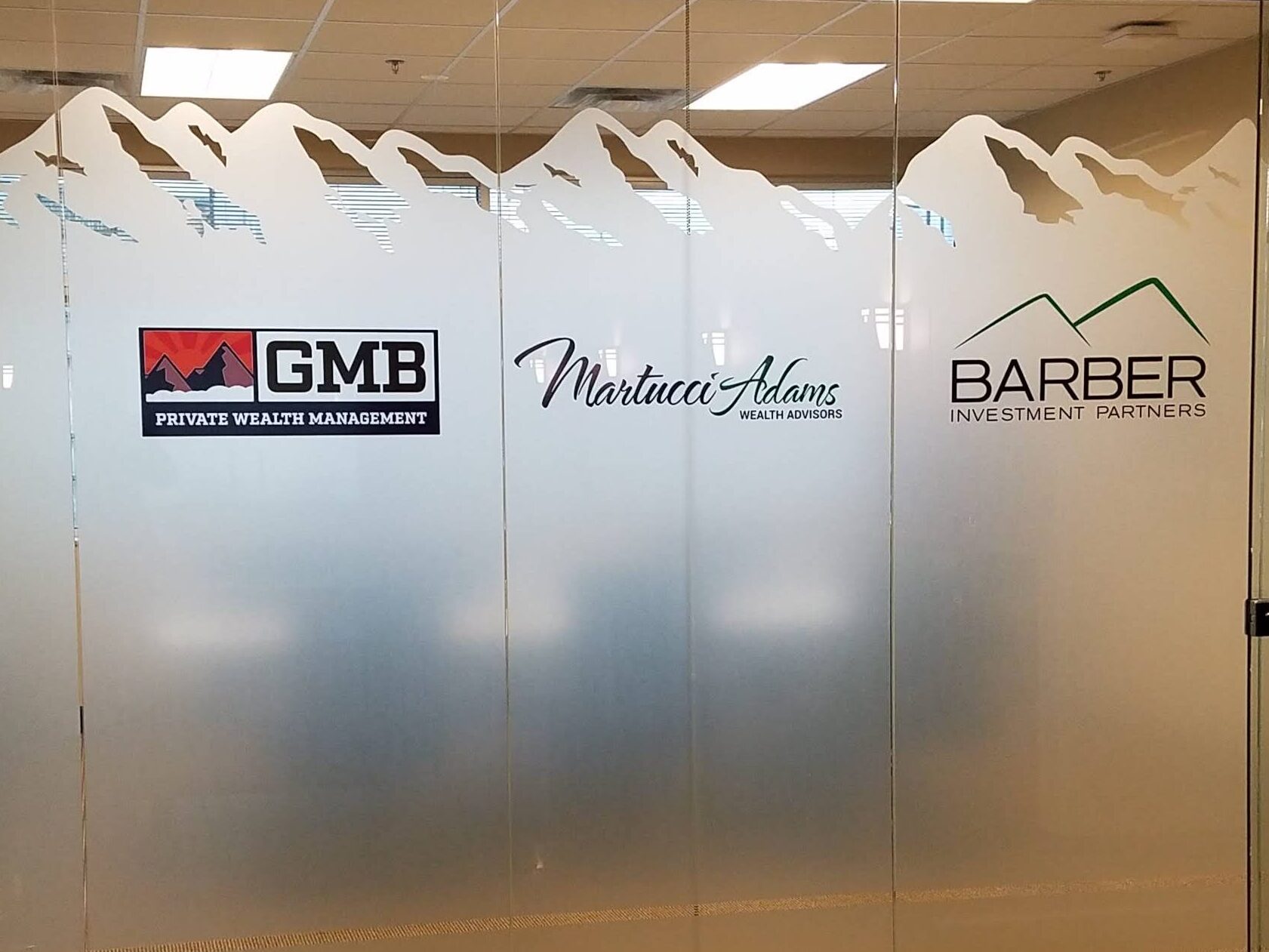
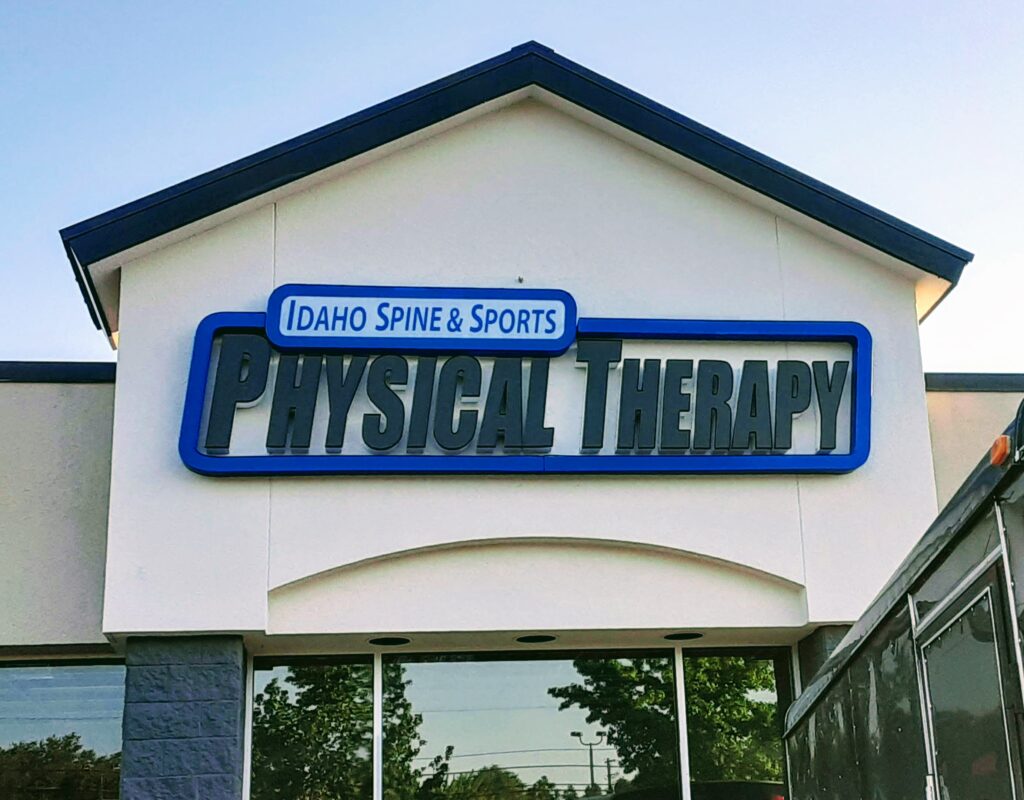
Compliance and Regulations
Important to realize, compliance with landlords and local regulations is key to avoiding major pitfalls.
- Lease Compliance:
- Review your lease agreement for any signage restrictions.
- Obtain landlord approval if required.
Imagine you’ve designed and installed a stunning, colorful window mural for your new boutique in a trendy strip mall. It’s eye-catching and perfectly represents your brand. However, a few days later, you receive a notice from the property management stating that all window graphics must adhere to a strict policy of white frost only, to maintain uniformity across the storefronts. This means your beautiful mural has to come down, and you’re responsible for the cost of removal and replacement.
In order to avoid costly mistakes and potential conflicts, here’s what you should do:
- Read Your Lease Agreement Carefully: Look for any clauses related to signage. This might include restrictions on colors, sizes, types of signs, and even installation methods.
- Communicate with Your Landlord: If the lease is unclear, don’t hesitate to ask your landlord or property manager for clarification. It’s better to ask upfront than to assume and face issues later.
- Get Approval: Before finalizing your sign design, submit it for approval. This step ensures that your sign complies with all the stipulated requirements and saves you from potential headaches down the line.
2. City Guidelines – Check your local city guidelines. If you are located in Idaho’s Treasure Valley, use the appropriate links below.
- Boise: The City of Boise Sign Regulations and City of Boise Application Requirements provide detailed guidelines on signage standards and application processes.
- Nampa: For businesses in Nampa, the City of Nampa Sign Codes & Permits offer essential information on local regulations.
- Meridian: The City of Meridian Permits for Signage page outlines the requirements for sign permits, ensuring your signage complies with city standards.
- Eagle: For sign permits in Eagle, visit the City of Eagle Sign Permits page.
- Kuna: Businesses in Kuna should refer to the City of Kuna Sign Review Application and Regulations.
Choosing the Right Signage Shop
When selecting a sign shop, there is much to consider: their experience, range of services (don’t forget to check if they do installs), and customer reviews. At See Me Signs, our hands-on approach, led by owner Jennifer, ensures each project meets the highest standards. We offer free quotes to help you get started —Schedule an Appointment for your Free Quote!
Conclusion
As we have mentioned, choosing the right signage for your business is a vital step in creating a strong brand presence. By understanding your needs, exploring different types of signage, and ensuring compliance with local regulations, you can make an informed decision. Trust See Me Signs to bring your vision to life with quality and care. Whether you need a temporary banner or a permanent monument sign, we are here to help you every step of the way.
Remember, effective signage not only draws customers in but also communicates your brand’s identity and values. Don’t underestimate the power of a well-designed sign—it could be the key to your business’s success.
